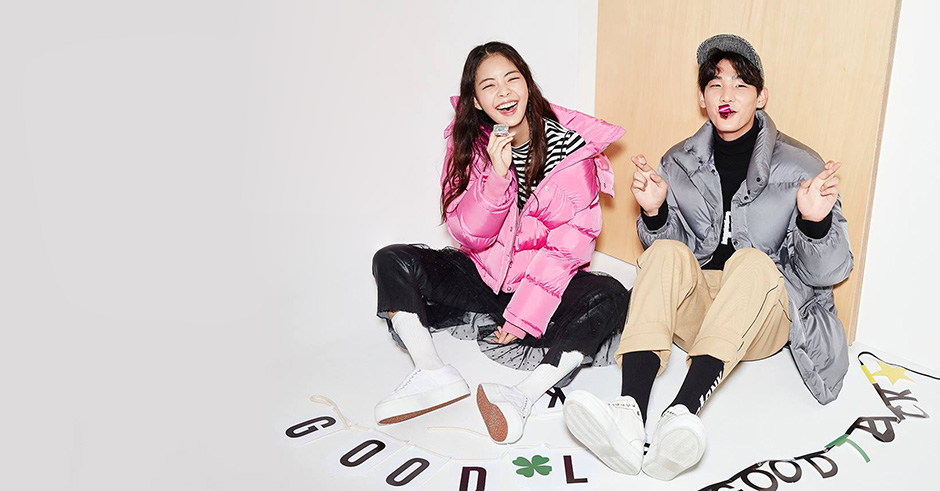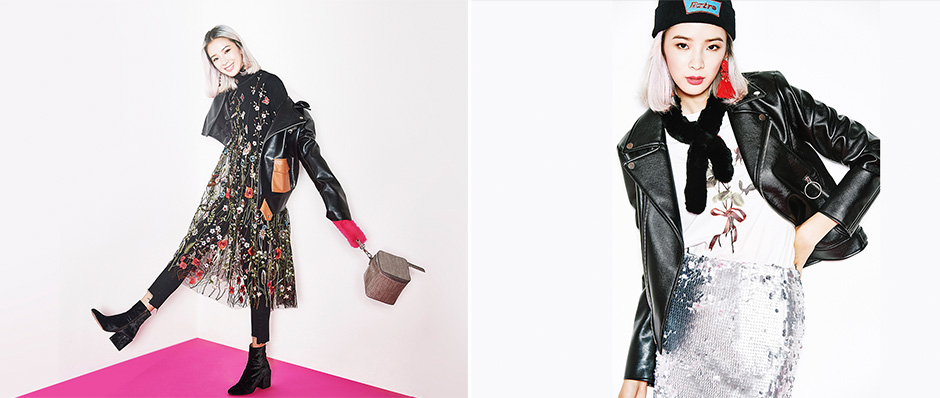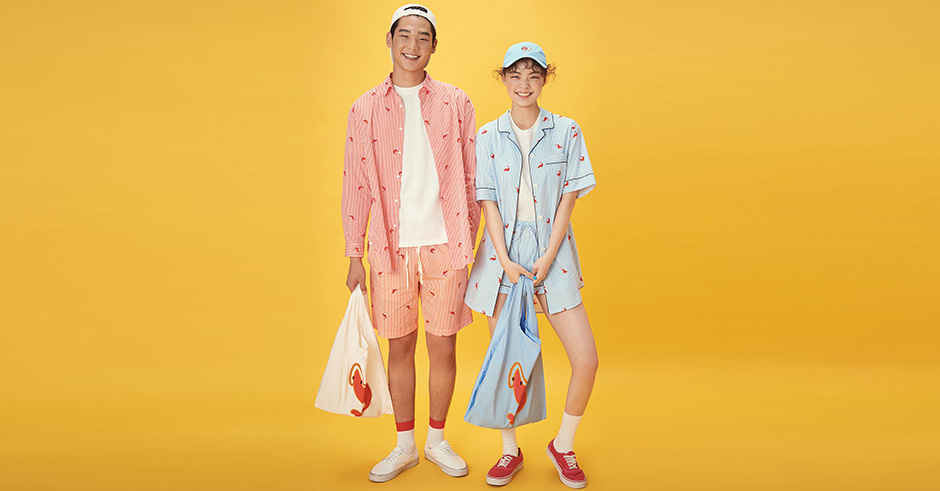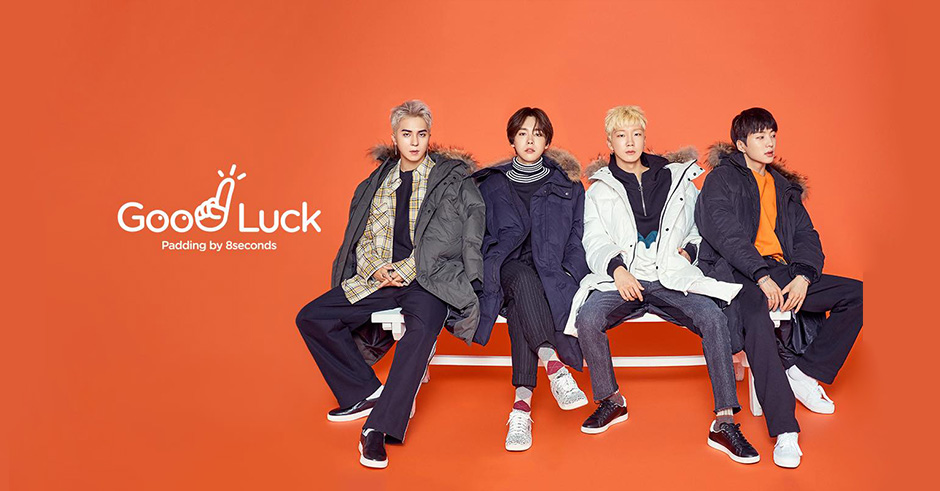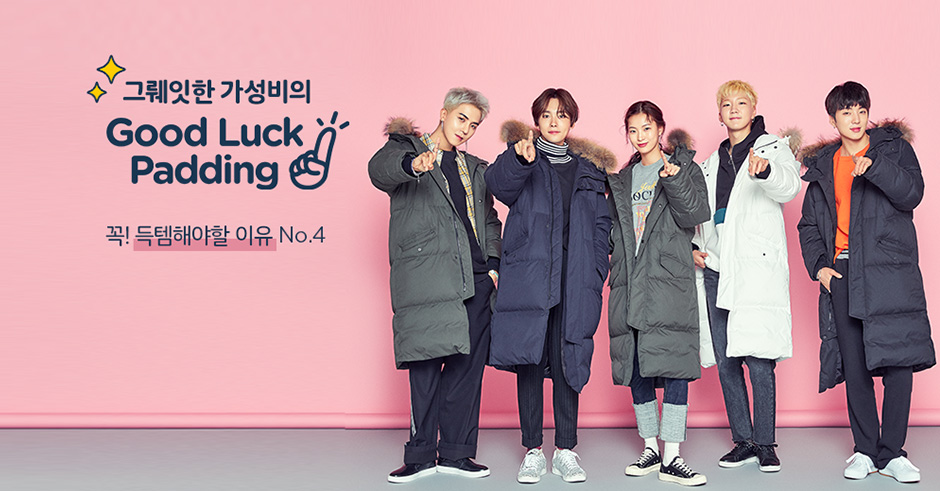Keeping track of all the trends in this fast-paced world can be dizzying at times, especially in the fashion industry where change is the only constant. For the South Korean fashion industry, 2017 brought novel challenges and opportunities, as new cultures, values and technologies emerge.
To help brands and retailers succeed in the market, Samsung Fashion Institute has identified the most significant trends over the past year, by combing day-to-day observations of business operations to industry-wide data.
Source: 8Seconds’ official Facebook page
Beyond Shopping
Shopping is no longer simply about buying things. Consumers want to be culturally enriched when they do decide to spend time in shops.
To succeed, fashion retailers and labels need to provide culturally diverse and unique shop-floor experiences alongside high-quality items. An example is KUHO’s flagship store in Hannam-dong where shoppers can learn about tea culture and browse through a wide variety of fashion-related exhibits.
Source: SSFshop.com
Growth of Online Retailing
Fashion labels and retailers must adapt and evolve technologically as innovations continue to emerge.
As of October 2017, the market share of online fashion retailing has grown by 20% year-on-year, and the pace of growth is unlikely to let up soon. In an age where mobile devices are the new shopping malls, establishing comprehensive online platforms and providing personalized services for shoppers will be key.
To capitalize on this shift, Samsung C&T Fashion Group has expanded the range of items available online over the past year. Beanpole Kids and several lines from Beanpole Ladies were released exclusively online, while O2O and delivery services were enhanced.
Social Media Retains the Crown
Social media’s dominance shows no signs of fading. Influencers are also growing in stature, as they continue to find new ways to combine their online activities with offline events, such as hosting flea markets to promote smaller brands. In 2018, fashion brands must harness the power of these channels to communicate with customers.
Consumers’ tastes are more diffused, as individual can now receive information and fashion advice from a diverse range of online media channels. This makes trends much harder to predict in the coming year.
Home Comfort
Consumers in South Korea are becoming increasingly lifestyle conscious. Koreans see their homes as a place to realize their own unique lifestyles. This has resulted in increased spending on home products.
Loungewear has risen in popularity in tandem with the growth the lifestyle industry. Consumers are more willing to purchase clothes they can wear indoor, as exemplified by the popularity of 8Seconds’ shrimp pajamas. The collaborative products of 8Seconds and the Korean Shrimp Crackers characters were also resold on social media platforms by a number of people.
[8Seconds] 17FW [8 X Shrimp Cracker] Pin Stripe Shrimp Shirt + Pinstripe Shrimp Banding Short Pants – Red
[8Seconds] 17FW [8 X Shrimp Cracker] Stripe Shrimp Shirt + Shrimp Stripe Banding Short Pants – Sky Blue
Casual Formal
Consumers’ preference for traditional formal wear is on the wane. The definition of formal wear has become more flexible due to change in tastes. Traditional suits are being replaced by styling jackets and pants.
Samsung Fashion Institute has defined the outfits achieved by styling various clothing items for a somewhat formal look as “Manners Suit”.
As evidenced by the impressive sales of KUHO’s Edit Line in 2017, many individuals now prefer versatile items that can be combined with different outfits, worn on various occasions.
When it comes to suits, shoppers in South Korea are no longer satisfied with off-the-rack items. Instead, individualized tailoring is becoming increasingly popular, as the service allows them to pick materials and styles that match their needs.
Source: SSFshop.com
The Year of the Parka
In 2017, the Parka enjoyed a breakout year in South Korea, after several K-pop stars were spotted wearing the item. The PyeongChang Olympics padded jacket became a ‘must-have’ item in the country.
Around that time, a home-shopping show featuring Super Junior took place, sold about 19,000 of long padded jackets, and made a profit of around 2.5 billion KRW.
The success of the Parka showed that a combination of quality products and effective marketing strategies can still be a recipe for success.
Source: 8Seconds’ official Facebook page
Looking Ahead
2018 is now upon us but it’s still difficult to predict what the new year will bring for the South Korean fashion industry.
There are, however, already several encouraging signs. Most notably, the PyeongChang Winter Olympics will give a vital boost to the domestic economy as the global event will attract 390,000 tourists to the country.
Consumption habits meanwhile will continue to change. Shoppers’ demand for novel experiences and services will grow, and it’s vital for brands to keep up.
“Companies must take a multi-faceted approach and improve customer experience”, Lead of the Lifestyle Research & Development team (Market Intelligence) Ji-eun Lee said.


